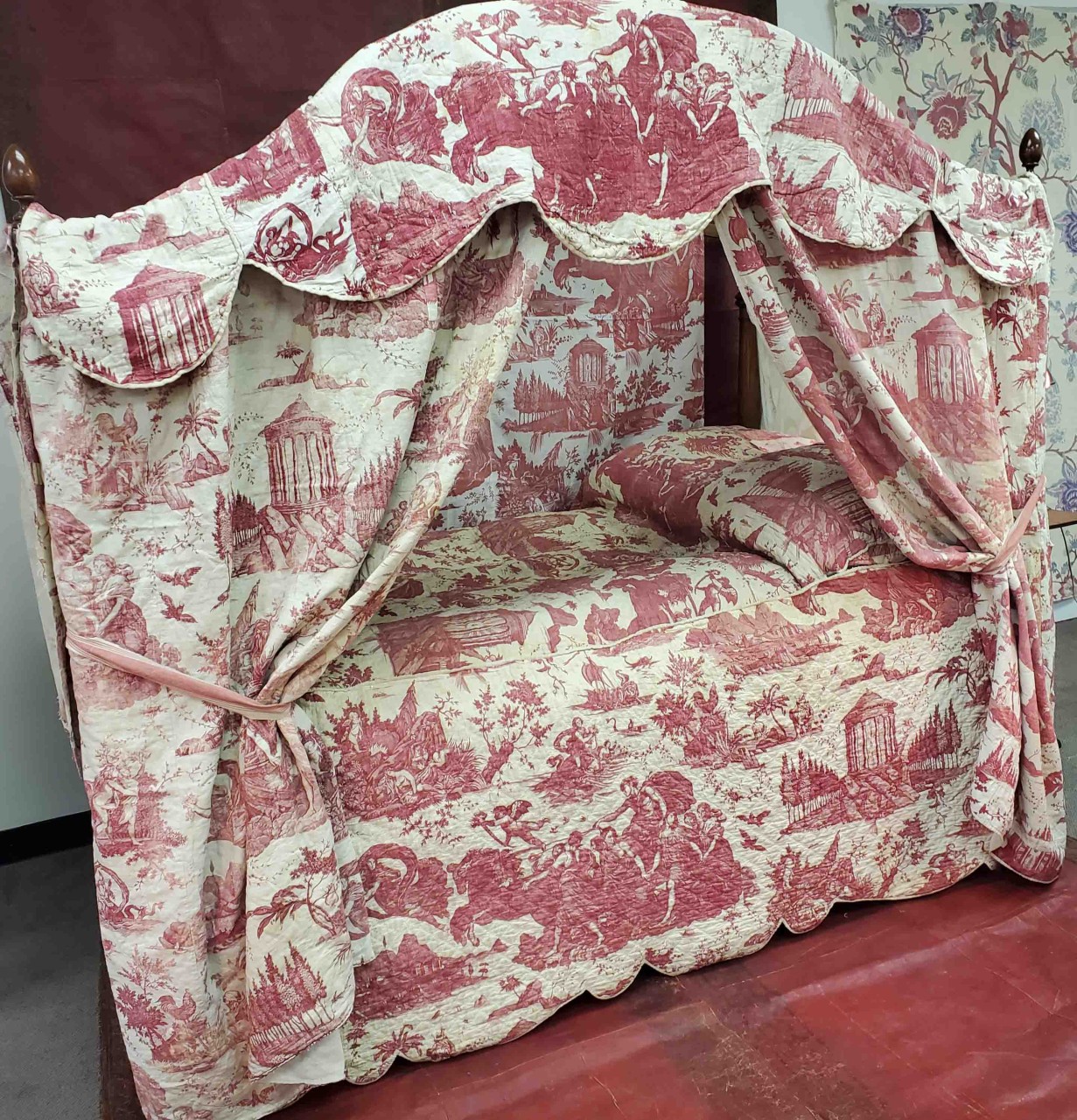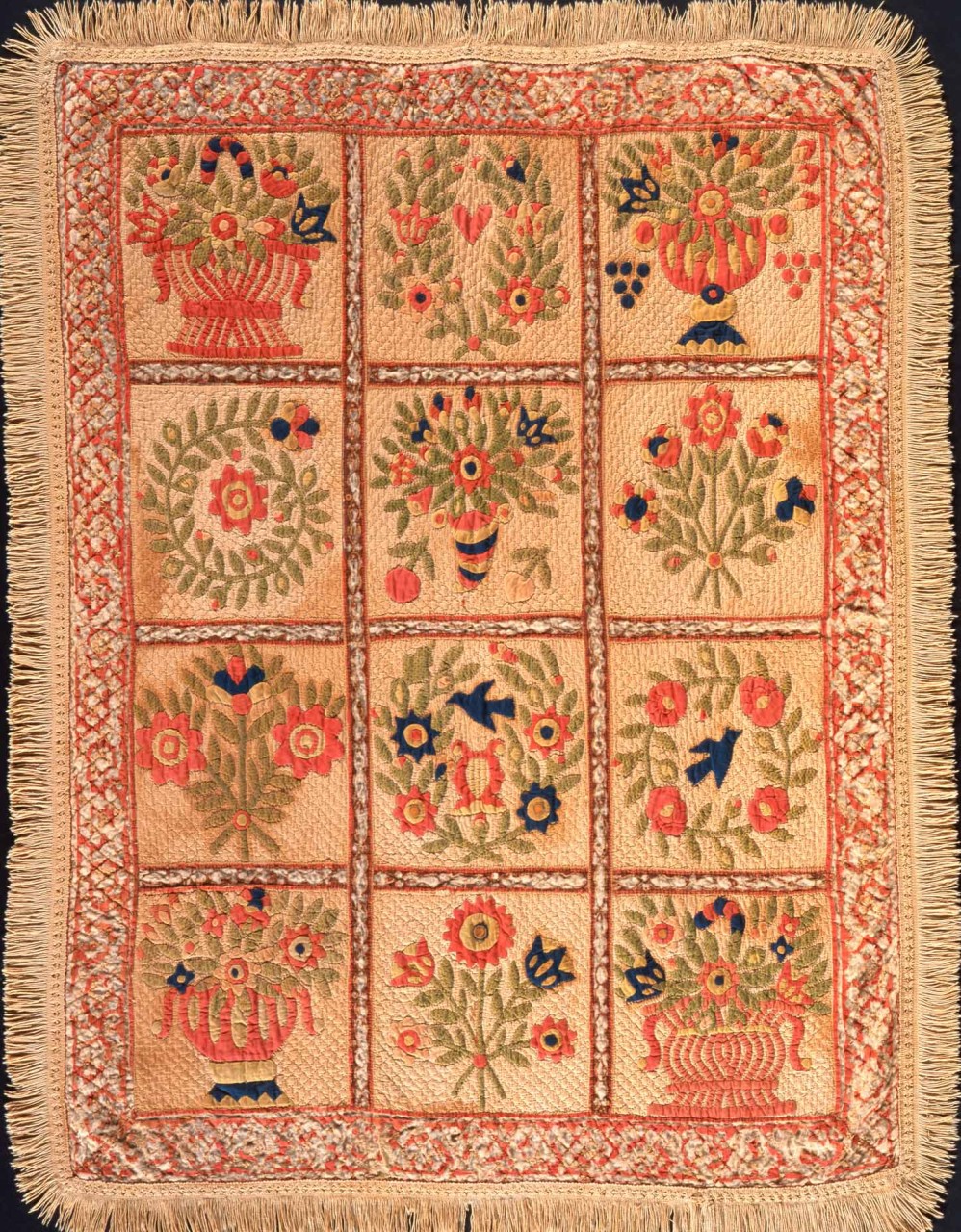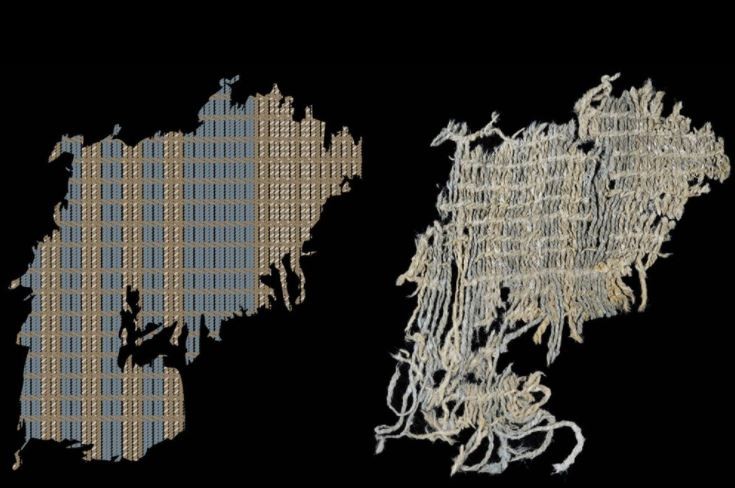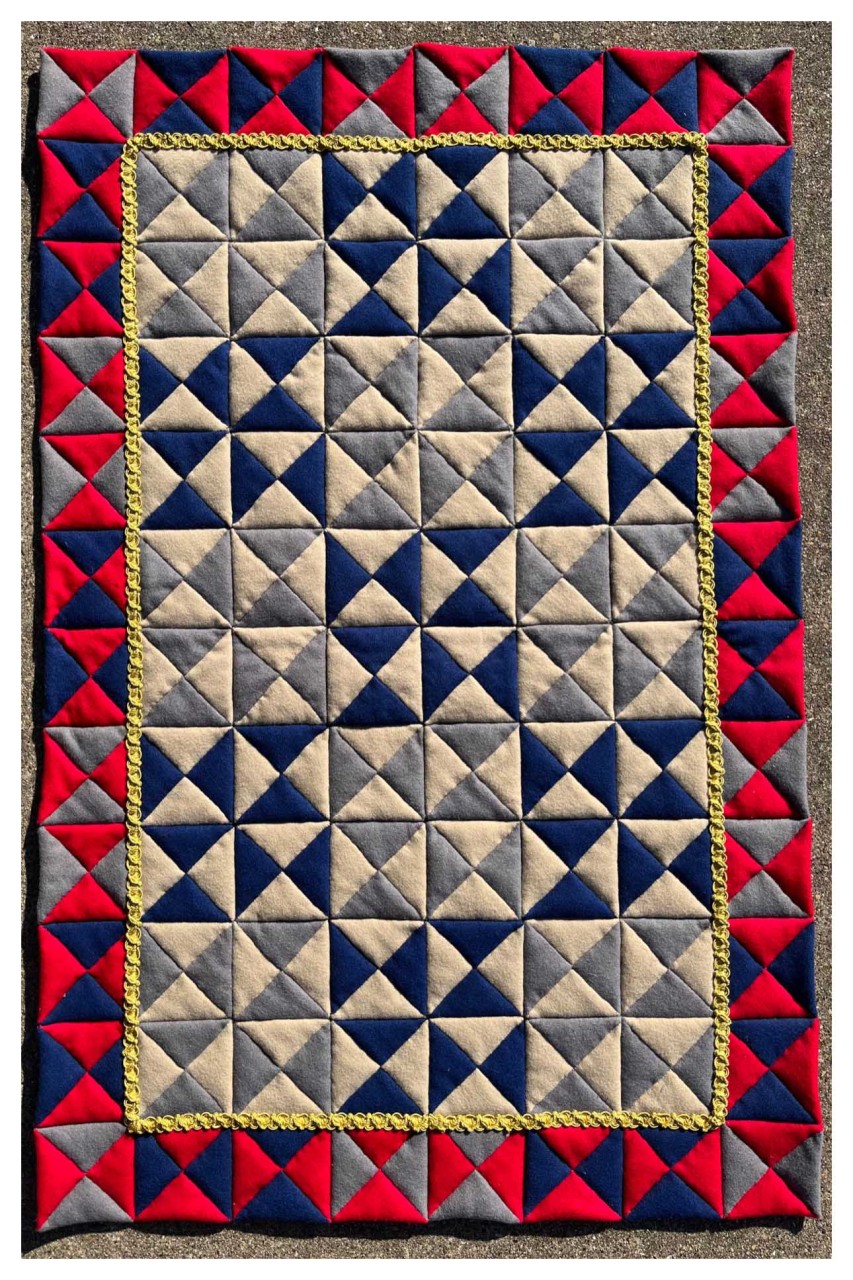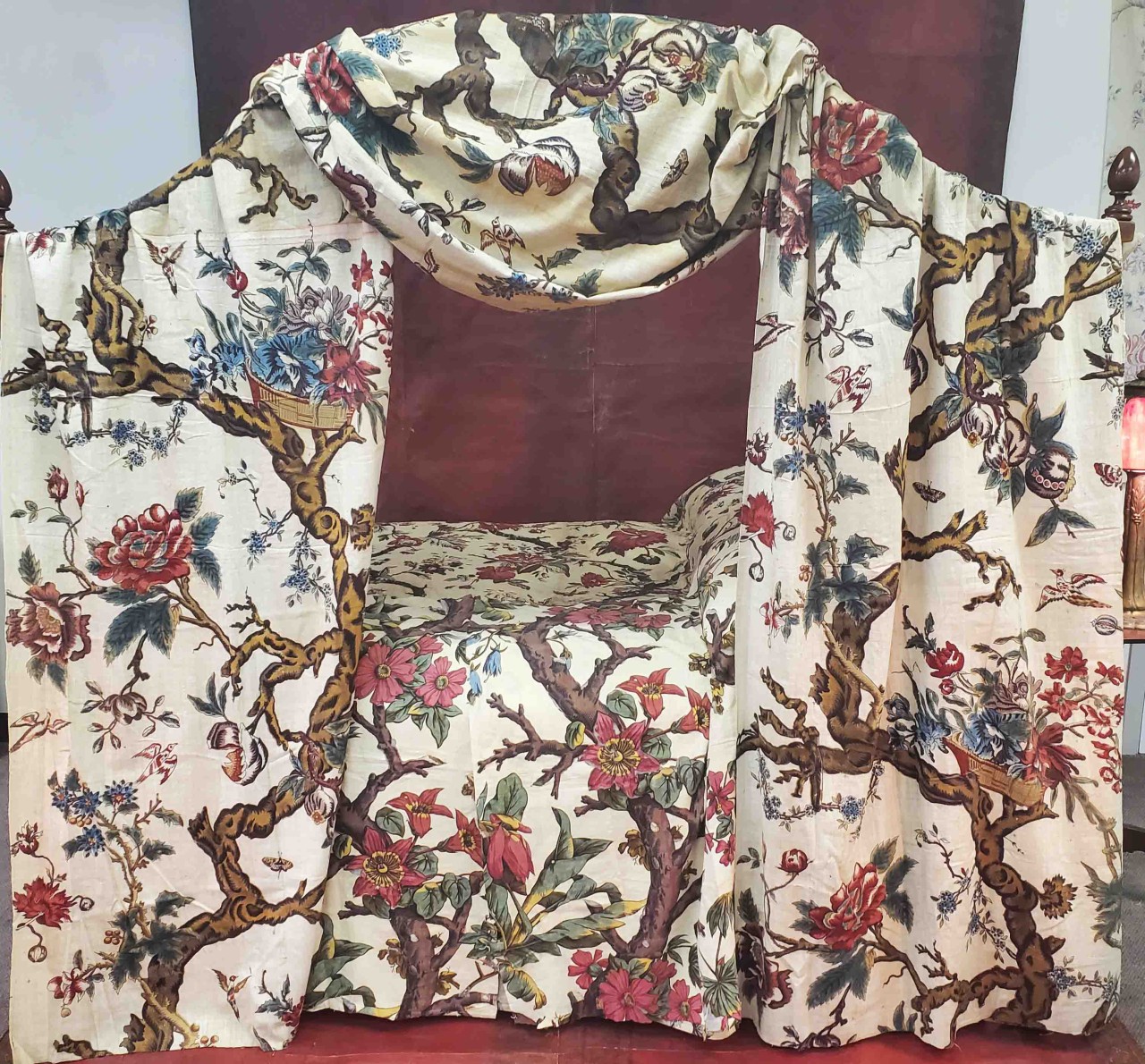
The second part of the Quilt History Retreat focused on Chintz; a longtime favorite of the Triplett Sisters. Well, not just the Triplett Sisters, who doesn’t love Chintz? (Okay, I do understand that there are some people that don’t like chintz, but given that fabrics beauty, it is really hard for me to comprehend.) Chintz first made its way to Europe in 1498, when a Portuguese explorer named Vasco da Gama returned with the fabric from India. Shortly thereafter the popularity of the imported fabric led to a decline in profits of the French fabric and therefore it was banned in 1698. Which of course meant traders or smugglers continued to bring it into the country anyway. In 1734, a French officer M. de Beaulieu sent home letters and actual samples of chintz fabric...


